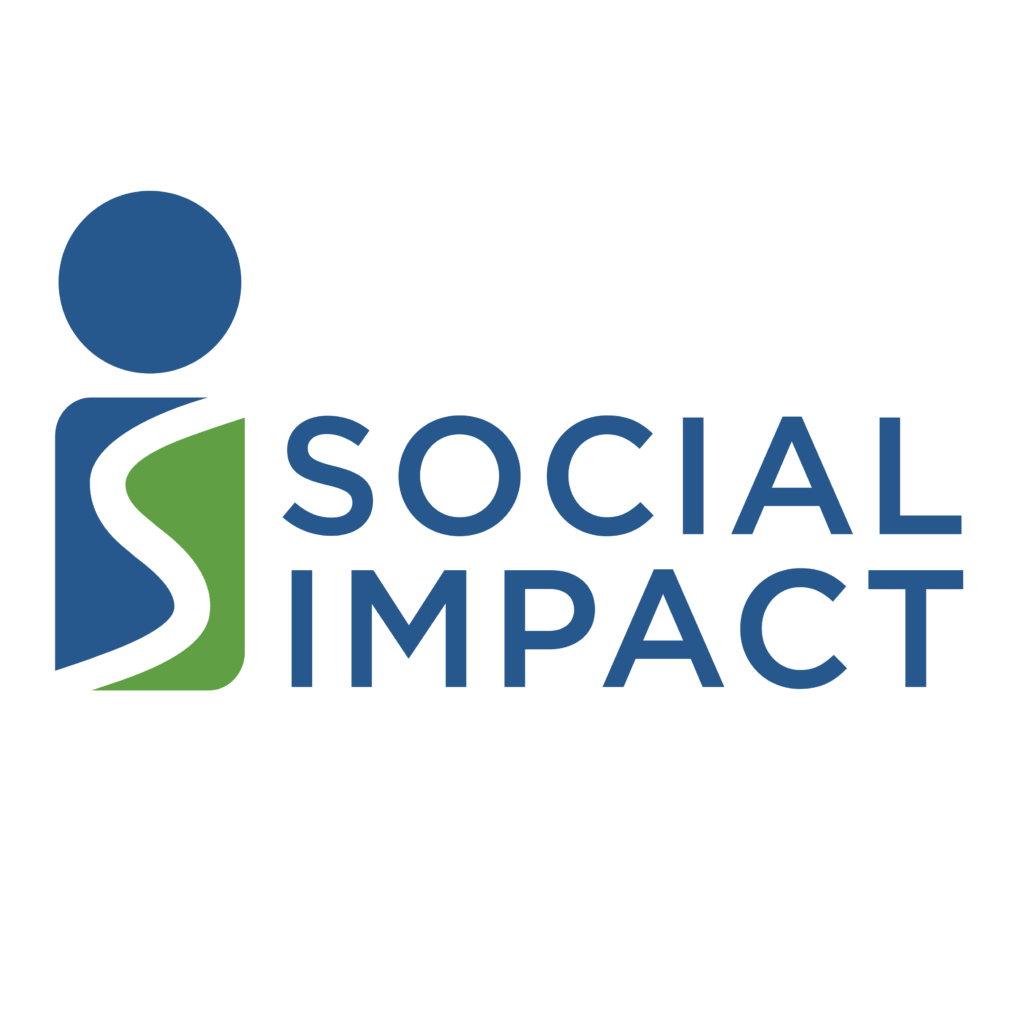As the excitement of the annual gathering of evaluators last month starts to fade away, and our minds turn to the end of the year, three topics from the conference still stick with me. The theme of the 2017 AEA conference was “From Learning to Action.” Repeated throughout the conference was the need to use evidence from evaluations to learn and adapt programming and public policy. This speaks to the heart of our work at SI. Here are the three things that endure in my mind.
1. Long-term evidence-gathering and learning is robust. The session on MEL platforms brought together USAID’s field partners from around the world working on multi-year evaluation and learning contracts. Panelists discussed how contracts are shifting to support the new ADS 201 and are being intentional about use. From relatively simple utilization trackers to strategies for working with clients in an incremental fashion until adaptive learning is second nature. There are many innovations from the MEL platforms than can be used in our everyday work.
2. Deep, daily evidence-gathering and learning is valuable. There were many more sessions at this AEA about developmental evaluation and embedded evaluators who are helping agencies and implementers to understand and use evidence in real time to adapt and improve programming. SI is leading a consortium piloting development evaluation at USAID including full time embedded evaluators for the past year and released a new guide with tips and tools for DE.
3. Technology is vital to evidence-gathering and learning. There were even more sessions on technology this year – from Big Data to use of ICTs, to natural language processing that are questioning how we can access and use data for learning more quickly and more effectively.
With over 4000 attendees at this year’s conference there was plenty of learning to be done. Our work continues to keep “From Learning to Action” alive by focusing on generating evaluative evidence that is useful to implementers and funders to improve programs and policies.








